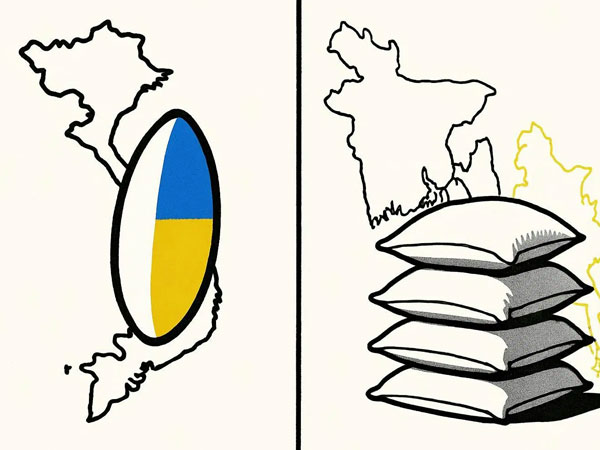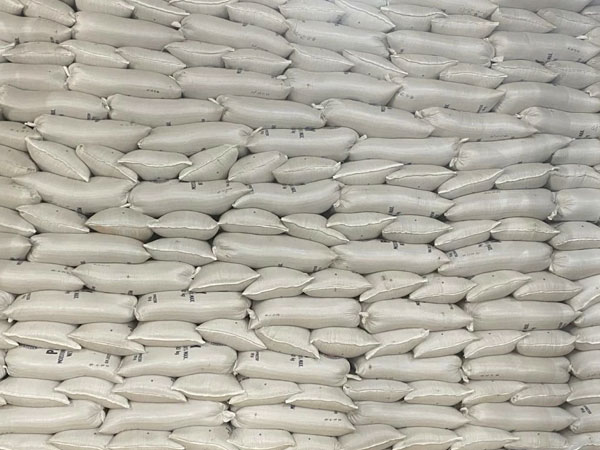 What’s going on here?
What’s going on here?
Rice prices across Asia are making serious waves: Vietnam’s export rates just hit an eight-month high, India’s stayed steady, Thailand is battling oversupply, and despite stacked reserves, Bangladesh is still seeing pricey rice at home.
What does this mean?
Vietnam’s top-tier rice jumped to $455–$460 per metric ton this week – the highest since late last year – as traders prepare for the Philippines to pause imports for 60 days from September. With the Vietnam Food Association pressing exporters to stay nimble, maintaining supply reliability is a top priority in a volatile market. Meanwhile, India has left its export prices unchanged as buyers cautiously ramp up orders before a 20-million-metric-ton release. In Thailand, overwhelmed by ample supply, export prices dropped to $355 per ton, though buyers are sticking to a just-in-time approach amid steady demand. Over in Bangladesh, domestic prices remain stubbornly high, even with government warehouses overflowing with 2.25 million tons, signaling disconnects in distribution or local market function.
Why should I care?
For markets: Volatility shapes trading moves.
Rice markets across Asia are feeling the heat from shifting trade policies, bumper harvests, and unpredictable demand. Vietnam and India’s pricing strategies show how government actions and supply tightness can impact the flow of commodities. Thailand’s hopes for strong exports – with a target of 7.5 million tons – depend on its ability to ride out the supply wave and secure consistent buyers. How these trends play out could reshape market shares and influence how global traders hedge against price bumps.
The bigger picture: Pressure mounts on global food stability.
These latest swings underscore how export restrictions, weather shifts, and policy changes can send ripples through the world’s food system. With the Philippines throwing up barriers and major South Asian exporters juggling oversupply and domestic inflation, volatility in food prices is cause for worry in nations that depend on imports. As Asian rice powerhouses navigate supply and demand in real time, the challenge of keeping food affordable and available becomes even more urgent worldwide.














© Copyright 2025 The SSResource Media.
All rights reserved.